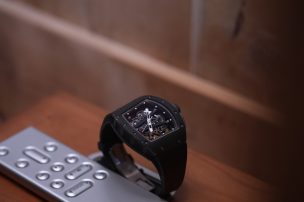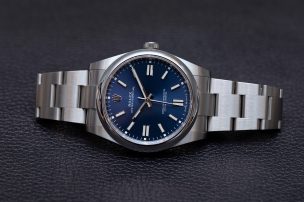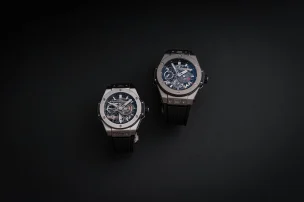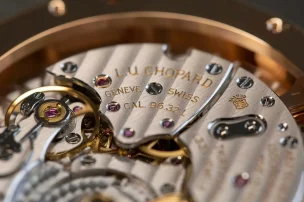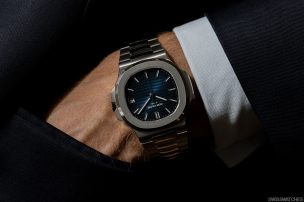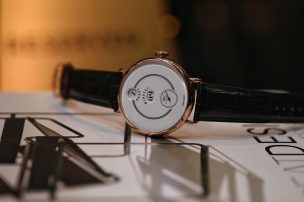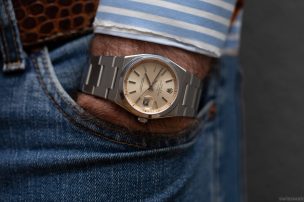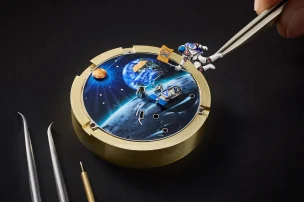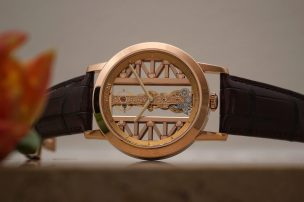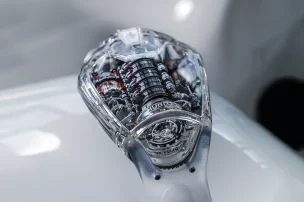
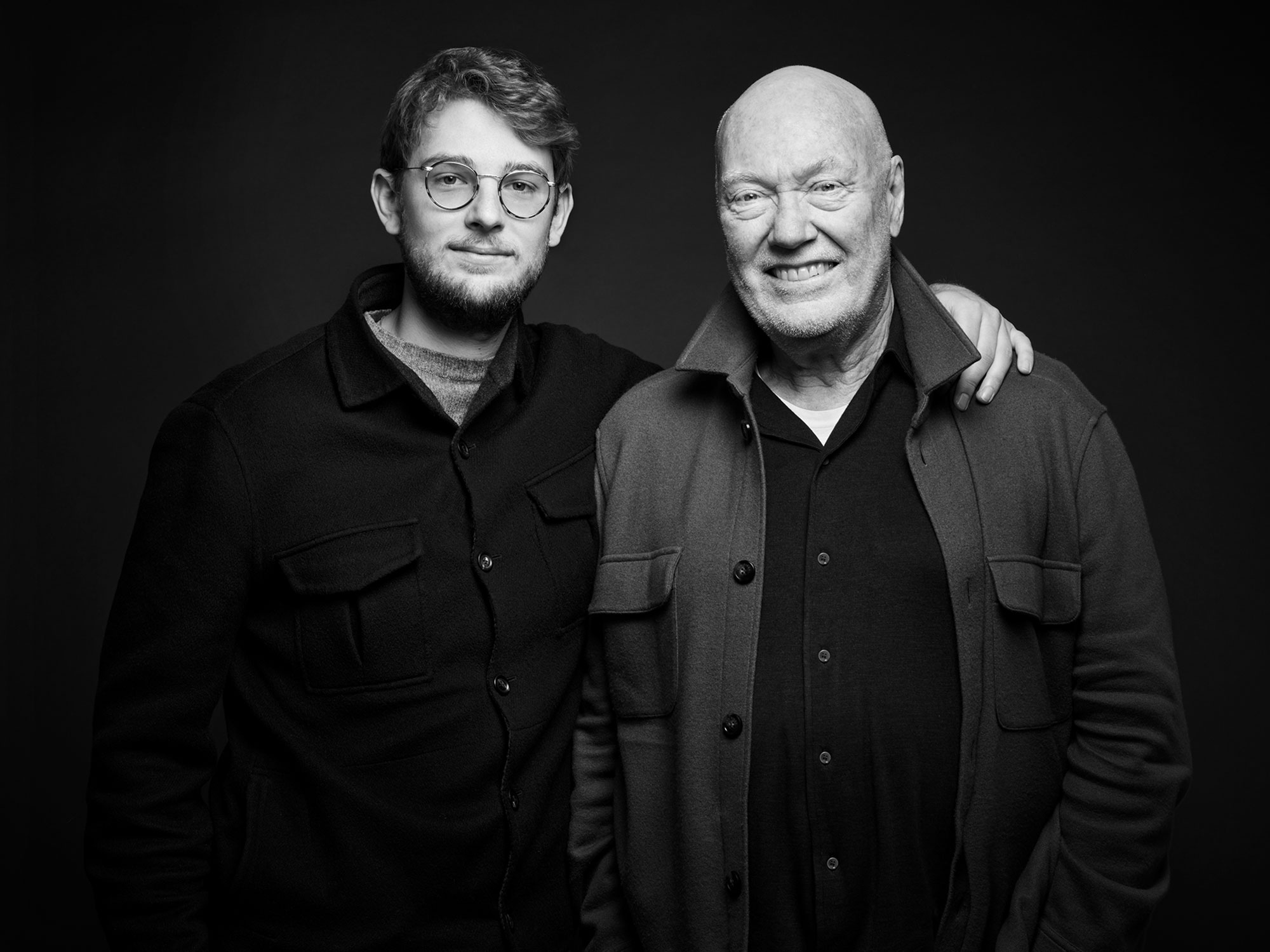
Jean-Claude Biver’s Own Hallmark of Quality – The JCB Seal Explained (And How it Differs From The Patek Seal)
Jean-Claude Biver is a figurehead which many know and associate with watchmaking in this day and age. A huge collector in his own right, he was integral in the turnaround of the Blancpain brand, as well has having held positions of power at the likes of Omega and Hublot. Eventually he went on to create his own brand together with his son Pierre called ‘Biver’, in 2022. What many don’t know, along with this was established the JCB seal, which aims to ‘guarantee fine hand-crafted workmanship in the purest Swiss watchmaking tradition’. The JCB seal is broken down into four key aspects: Movement, exterior, testing and warranty. We have examined the key criteria of the JCB seal and compared it to the Patek seal, which is widely respected for one of the strictest quality certifications in the watch industry.
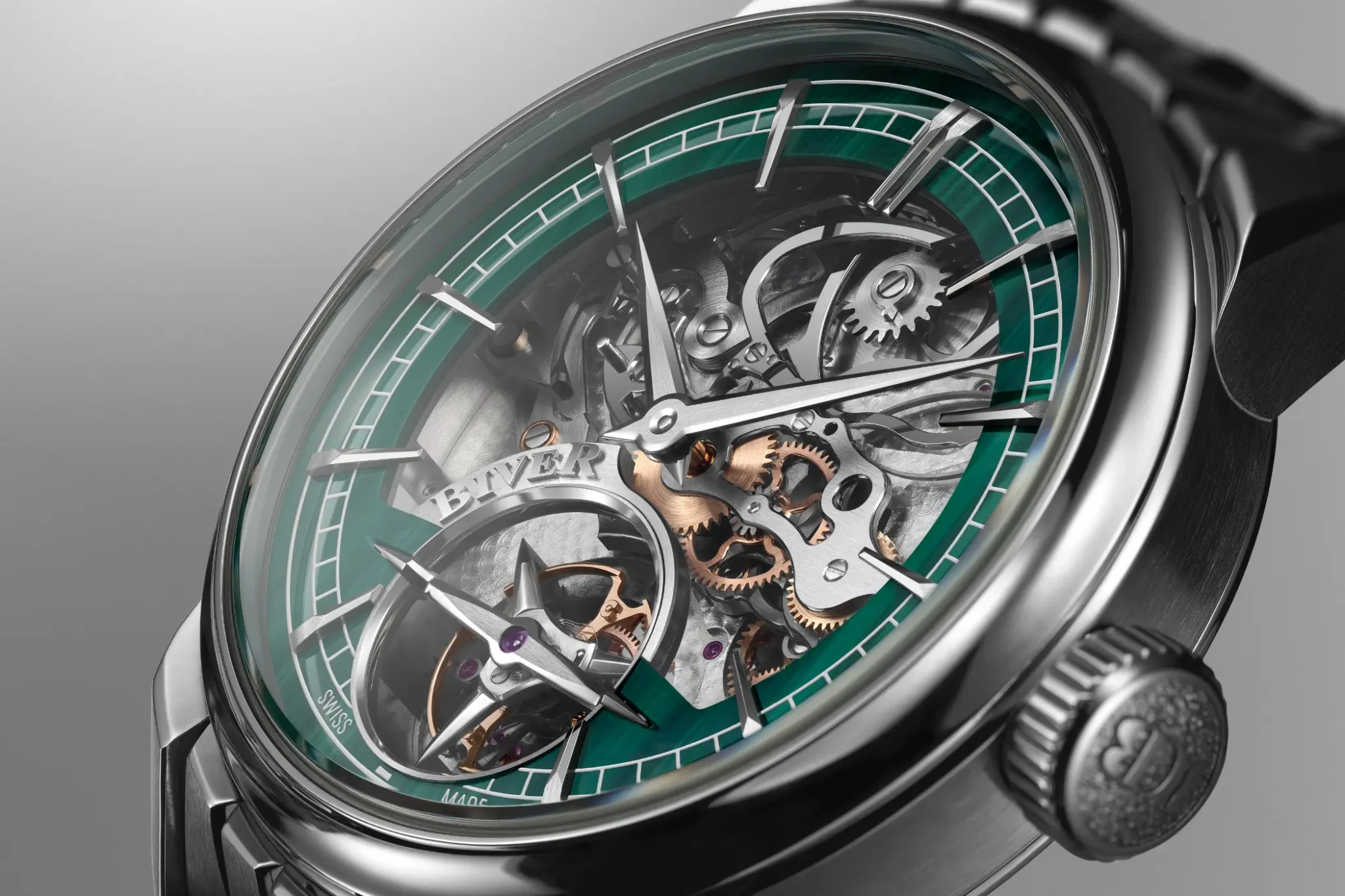
Movement
The movement aspect revolves predominantly around the techniques used to construct and finish components within the movement. This is broken down into steel parts, arbors, wheels, bridges, escapement, pins, screws, tourbillon and referencing. Steel parts must have either mirror finished or straight grained surfaces with satin-brushed flanks. As well as this, any functional surfaces or chamfers must be polished, including screw and pin countersinks. Springs must be made from spring steel rather than other short cut methods. Regarding arbors, there are numerous rules, such as the requirement for pivot tips to be dome polished and their surfaces to be burnished. Hand finishing is not a requirement for some of these parts that Biver produces, but preferable certainly it remains. Let’s be honest, one would expect no less.
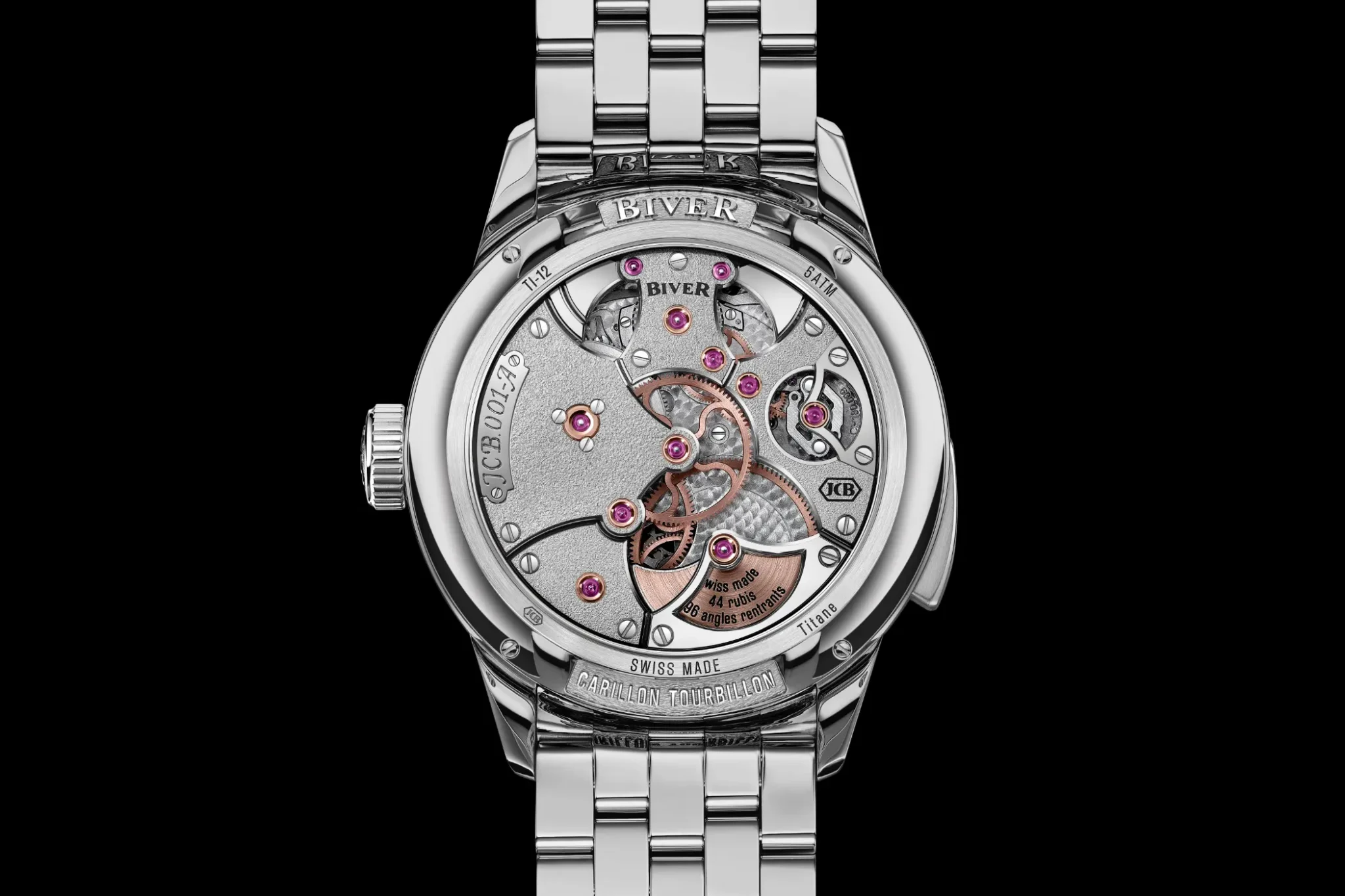
Bridges must also be meticulously decorated, with surfaces in a variety of possibilities ranging from Côtes de Genève all the way to sunray finishing. Once again flanks must be satin-finished and with polished chamfers and countersinks. The JCB Seal goes into greater detail with the finishing of surfaces than the Patek Philippe Seal, but Patek certainly doesn’t cut and corners as finishing is applied to the vast majority of components even with entry level pieces, albeit with no hand finished touches are applied in this instance. Escapements in watches certified with the Biver seal are subject to perhaps the most requirements. The escape wheel index assembly must bear a high-end adjustment system and be mirror polished along with the pallet fork, and chamfers.
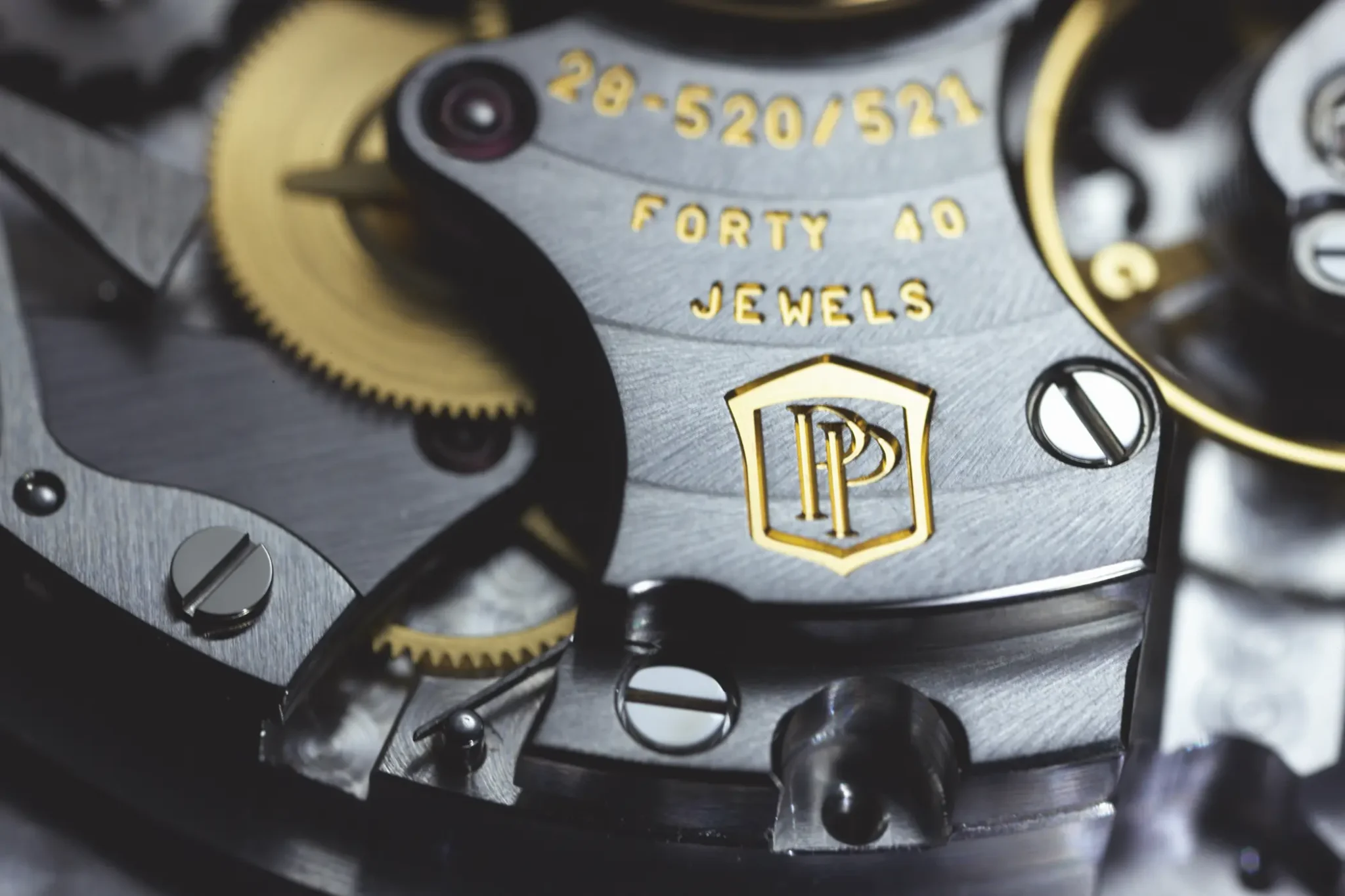
The balance wheel must have a variable inertia, such as a Gyromax, and have a system designed to absorb shock. As well as this, when it comes to tourbillon escapements, the JCB seal layers extra requirements. For example, a titanium construction is preferable in order to simultaneously reduce weight and increase performance, which is what titanium does best. Tourbillon bridges and cage plates are decorated with the highest standard of finishing. Any oscillating weights must be made from gold or platinum and be bidirectional. Finally, winding of the crown must be a pleasurable experience, which is a small touch that goes a long way. For Patek, a Gyromax isn’t required as the manual movements that are used in pocket watches don’t feature it. However, it is used across all the automatic movements. Tourbillon movements also have a higher standard of requirements, as their daily tolerance range must be no greater than -1/+2 seconds per day, irrespective of the diameter of the movement.
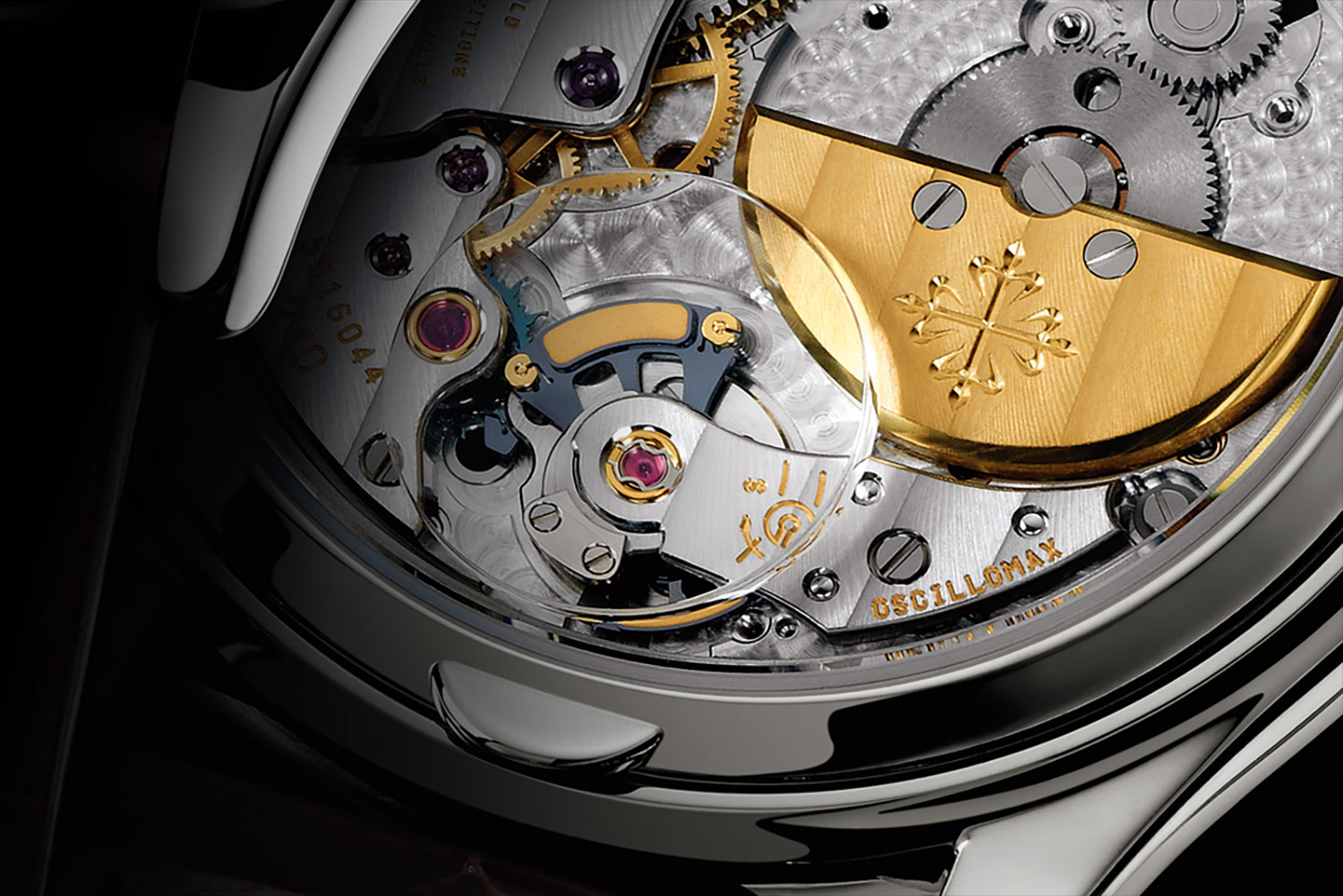
Exterior
The exterior aspect looks at the case, hands, dial, gem-setting and water resistance of the watches that leave Biver’s workshop. Starting with functionality, the case must be sealed and secured with screws both from the bezel and the case back side, meaning Biver does not allow for any snap-on or screw-down case backs as these represent a lower standard of engineering, making it harder to reach the desired 50 metres water resistance which applies even when the crown is pulled out. Furthermore the water resistance at the JCB seal also applies for chiming watches, which is almost unmastered in watchmaking. This is quite the contrary to Patek Philippe, having produced some of its most iconic watches with snap-on or screw-down case backs. To this day it continues to produce them as part of the current collection.
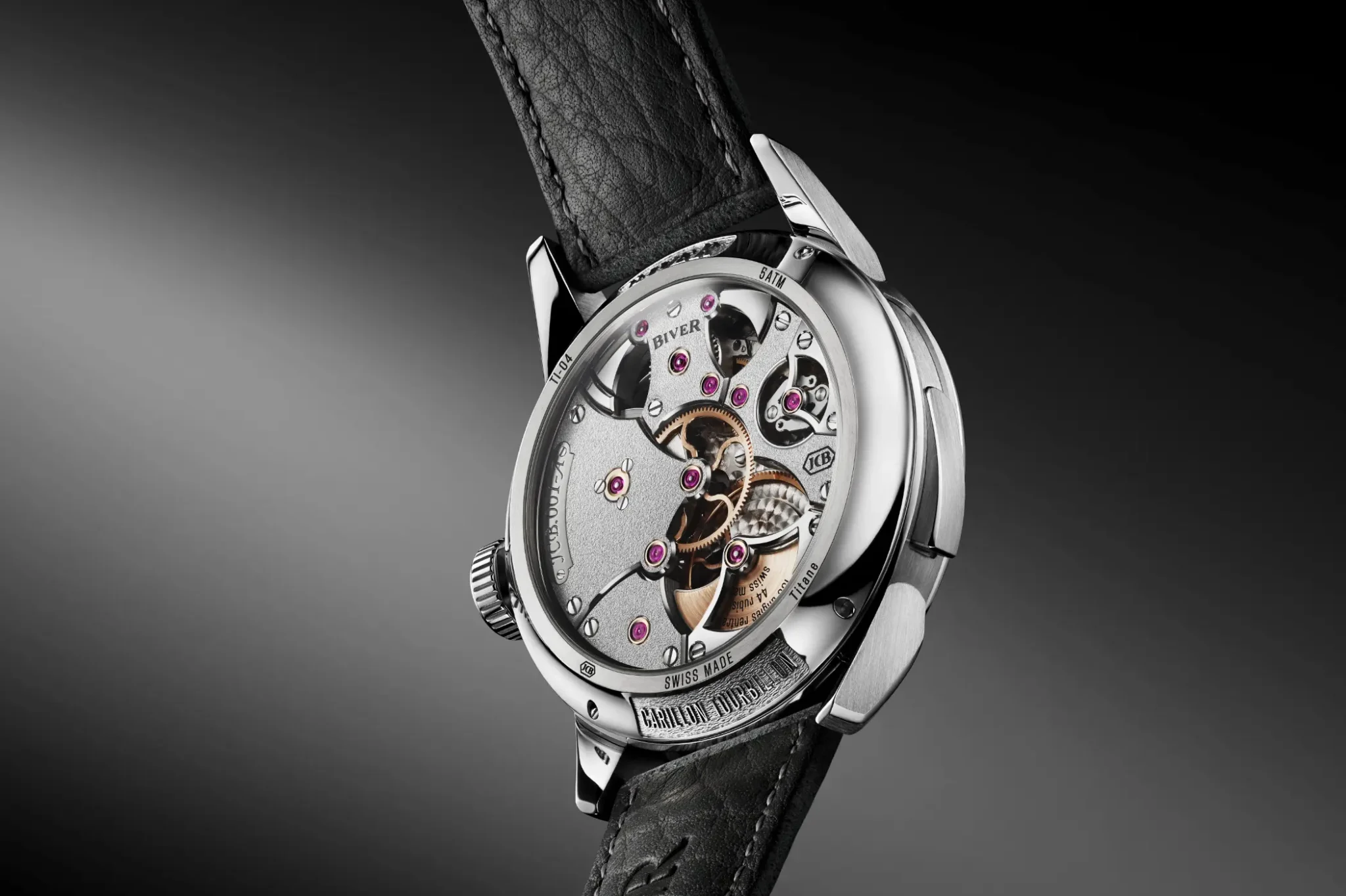
As well is this and on a more decorative note, Biver cases cannot be surface coated in any way. This includes the likes of DLC or PVD coating, which often scratches off and is a more cost-effective way of achieving a desired look. Unlike Patek, the hands on all watches certified by the JCB Seal must be made from 18-carat gold or stainless steel when blue fired, which can only be done using traditional techniques. The only time these rules don’t apply is when the hands are subject to ‘significant mechanical stresses’, such as those experienced by a chronograph hand. Just like hands, indexes and windows must also be made from 18-carat gold.
Any gem-setting used on the dial or case, or anywhere else for that matter, must be flawless, just like that of Patek Philippe, with in Biver’s instance gemstones of a clarity no less than VVS1 and a colour rating between D and F.
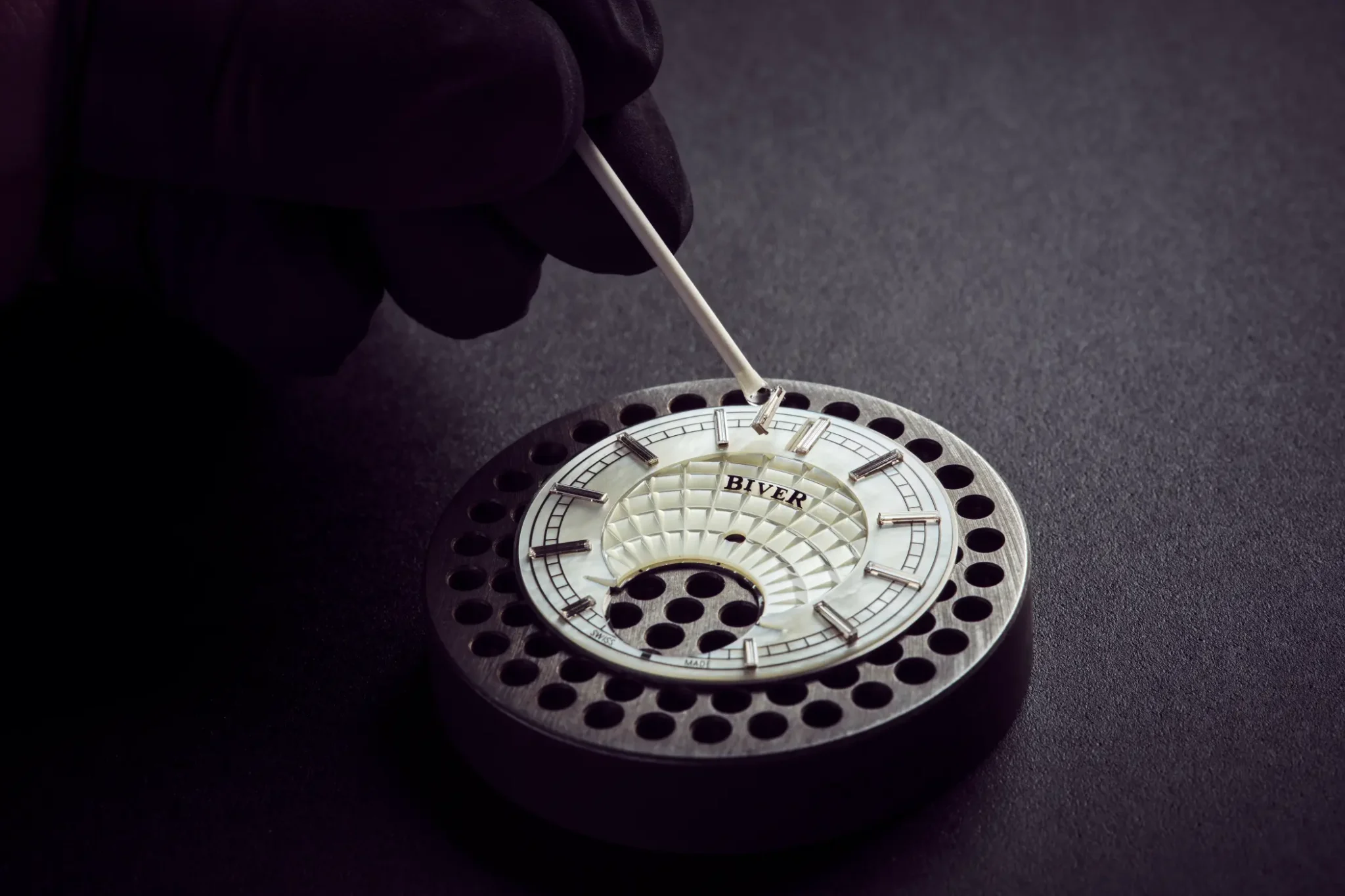
Testing
For all cased watches, the testing process covers and certifies five important factors: Water resistance of 50 metres (also applies for chiming watches), accuracy equal to or greater than COSC requirements, as well as functionality, and aesthetics. Whilst the water resistance trumps that of the Patek Philippe Seal, the accuracy standards of COSC are much lower. Patek not only has a variety of different accuracy standards for different movements but surpasses the JCB seal in accuracy by at least one second per day even for its least accurate movements (those without tourbillon and diameters less than 20mm). In terms of power reserve, the watch must equal as a minimum the stated power reserve of the caliber. On the Carillon that is a minimum of 72 hours but may be different for different calibers. As a note: the record in testing for the Carillion is 101 hours.
Warranty
Only a three-year warranty is issued on watches certified by the JCB seal, compared to the recently introduced five-year warranty from Patek Philippe. However, quite like watches made by Patek, those from Biver are repairable throughout their entire lifetime in order to guarantee that they are not perishable goods. To see all criteria of the JCB seal and Patek seal please see here:
Also read our article about the different watch certifications and quality seals.
